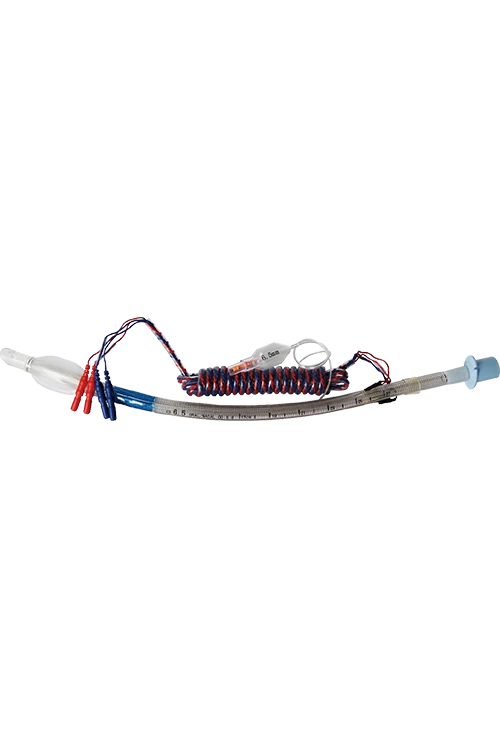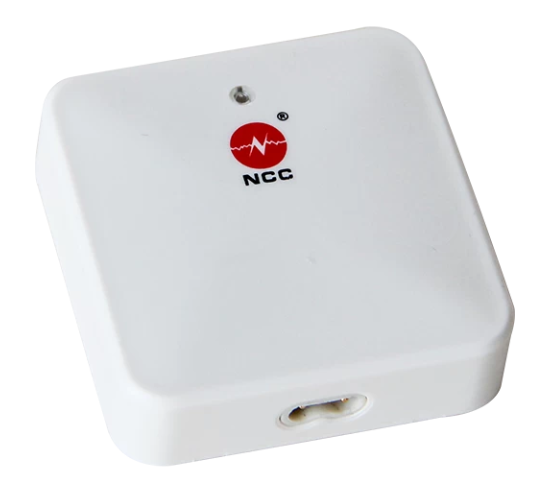The Importance of Tracheal Tube Insertion in Emergency Care and Anesthesia
In both emergency medical situations and surgical settings, securing the patient’s airway is the first and most critical step to ensure oxygenation and survival. Tracheal tube insertion, commonly known as endotracheal intubation, is a life-saving procedure that plays a pivotal role in emergency care and anesthesia. Proper technique and reliable equipment are essential for patient safety, especially when every second counts.
As medical technologies continue to evolve, leading healthcare innovators like NCC (NeuroCare Center) are advancing airway management through integrated neuroelectrophysiological monitoring, high-performance consumables, and complete system solutions. These innovations support not only safer intubation procedures but also better post-operative and critical care outcomes.

Why Tracheal Tube Insertion Is Essential
1. Airway Protection and Ventilation Support
During trauma, respiratory arrest, or complex surgeries, the patient may be unable to breathe independently. A tracheal tube maintains an open airway, allowing controlled ventilation and delivery of oxygen or anesthesia gases directly into the lungs.
2. Preventing Aspiration
One of the biggest risks in unconscious or sedated patients is aspiration — when stomach contents enter the lungs. Tracheal intubation, particularly with cuffed tubes, provides a sealed airway that helps prevent such complications.
3. Enabling Safe Anesthesia Management
During surgeries, anesthesiologists rely on tracheal intubation to maintain precise control over breathing and gas exchange. This is critical during general anesthesia, where spontaneous respiration is suppressed.
4. Improving Outcomes in Neurological Cases
Patients with neurodegenerative diseases, spinal cord injuries, or seizures may require airway support during transport or surgery. Tracheal tube insertion ensures they receive consistent oxygen supply, reducing the risk of hypoxia-induced brain injury.
Innovations Backed by Electrophysiology Expertise
As a leading provider of neuroelectrophysiology equipment and rehabilitation solutions, NCC understands the connection between respiratory support and neurological health. With years of research in medical electrophysiology and neuro-monitoring, NCC offers not only advanced devices but also consumables that enhance precision in airway management.
Their solutions are often integrated into operating rooms and intensive care units to support complex procedures, including neurosurgeries, where brain function monitoring and airway control must work seamlessly together.
Tracheal Tube Monitoring: Why Precision Matters
While inserting the tracheal tube is essential, monitoring its placement and function is equally important. Incorrect placement can lead to hypoxia, tissue damage, or even death. That’s where electrophysiological feedback and monitoring tools — such as those developed by NCC — play a role in improving accuracy.
From nerve monitoring during insertion to advanced respiratory diagnostics, NCC’s technologies contribute to:
Real-time confirmation of tube placement
Reduction of procedural risks during anesthesia
Improved outcomes in patients with complex neurological conditions
Conclusion
Tracheal tube insertion is more than just a routine procedure — it’s a cornerstone of modern emergency and perioperative care. Whether in an ambulance, ICU, or operating room, the ability to secure the airway quickly and effectively can mean the difference between life and death.
As healthcare continues to evolve, companies like NCC are at the forefront of innovation, providing one-stop solutions that combine electrophysiological monitoring, rehabilitation technologies, and high-quality consumables to support clinicians in every critical moment.
By integrating cutting-edge tools with clinical expertise, NCC empowers medical professionals to perform with greater confidence, precision, and care — ensuring patients receive the respiratory support they need, exactly when they need it.

 中文
中文 Arabic
Arabic Spanish
Spanish Hindi
Hindi French
French Indonesian
Indonesian Portuguese
Portuguese Persian
Persian Russian
Russian Korean
Korean German
German Vietnamese
Vietnamese Turkish
Turkish



